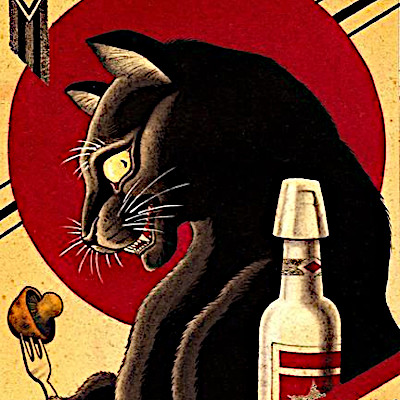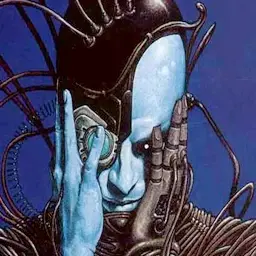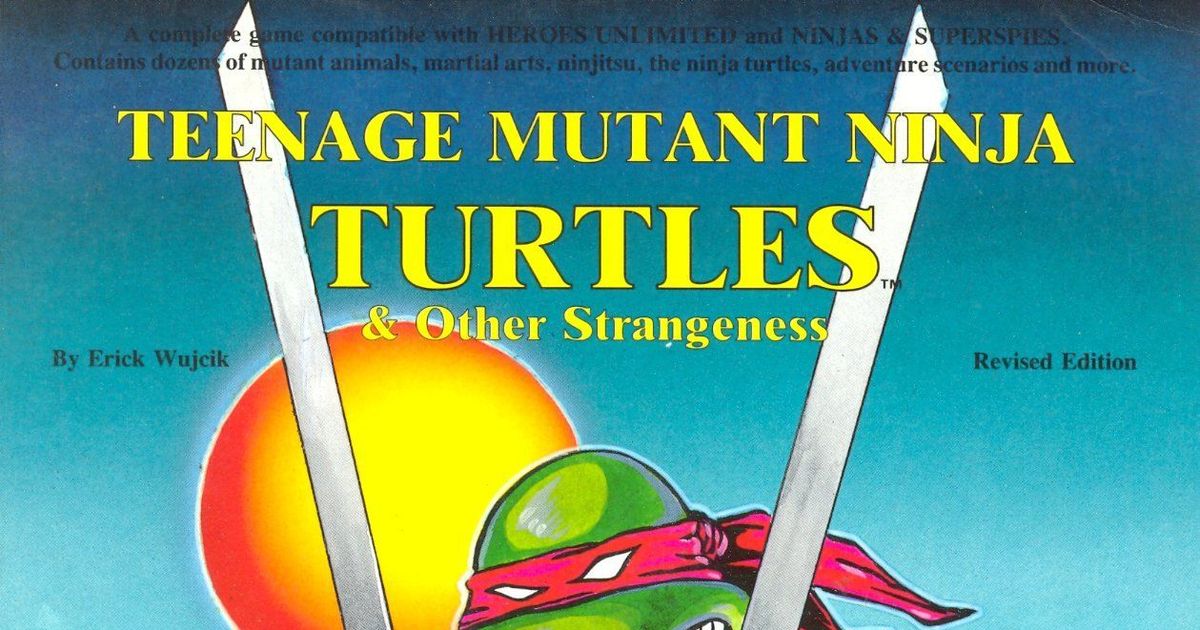1
Teenage Mutant Ninja Turtles & Other Strangeness is a core rulebook based on the comic book published by Mirage Studios in 1984. The system is based on the universal (or "Megaversal") system used by Rifts, Heroes Unlimited, Palladium Fantasy, and other games published by Palladium Books (i.e. Kevin Siembieda).
The core rulebook was first published in 1985, written by the late Erick Wujcik. Purportedly written in just five and a half weeks, the game sold 10,000 copies very quickly and was Palladium's first big hit. One notorious aspect of the first edition was a detailed list of sexual deviations available to characters. The core book was revised and published again in 1990, with the sexual deviations removed.
In the time between the first printing of the core book and the second printing, the Teenage Mutant Ninja Turtles had exploded in popularity and become the subject of children's entertainment, to the detriment of TMNT & Other Strangeness's popularity. In 2000, Palladium chose not to renew the licensing to publish TMNT material.
One of the most (if not THE most) interesting aspects of the rules involves the use solely of animal species and their mutation in character creation. There are no rules for creating a human character in the core book. Wujcik's effort in writing the animal mutation rules proved to be a major feature of the game.
One supplement for the game, titled "After The Bomb", involves life for mutants in a post-apocalyptic world where they are much more ubiquitous than in TMNT & Other Strangeness where mutants exist on the fringe of modern [1984-1990] human society. Later, After The Bomb emerged as "After The Bomb RPG", a full-fledged game of its own, though obviously grown from the animal mutation concepts originally born in TMNT & Other Strangeness and the post-apocalyptic setting introduced in the After The Bomb supplement.
TMNT & Other Strangeness was conceived shortly after the first few comic books had been published. The original TMNT comics contained more violence and gritty material than the incarnations of the TMNT after their rise in popularity and acclimation to younger demographics. This is why TMNT & Other Strangeness is actually an adolescent- to adult-oriented RPG, not one for children, although the level of violence obviously depends on the context of the adventures being run and the people involved. Comic book portions of the rulebook show violence in various forms, from guns to martial arts, but never very graphically. One example of play describes a scene where a player character is being shot at close range with a pistol, while an illustration for one of the adventures at the back of the book shows people who are obviously dead; these seem to mark the most violent points in the core book.
This is the sound-off thread for anyone interested in Teenage Mutant Ninja Turtles & Other Strangeness, which is no longer supported by Palladium Books.
If you’ve played the game or are interested in learning about it, drop a simple post here.
You must log in or # to comment.


